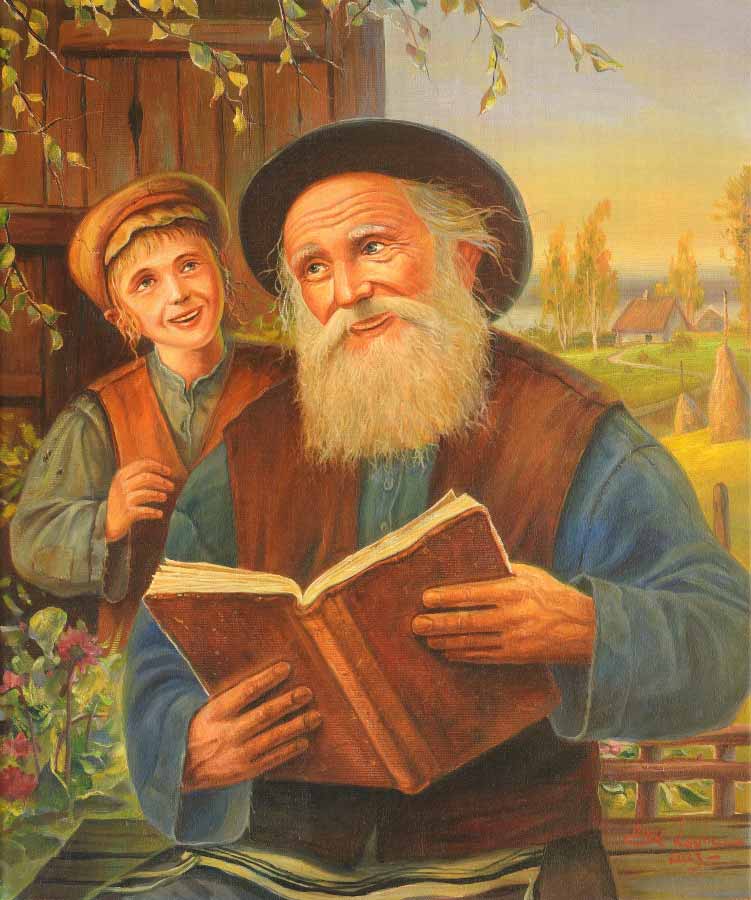Notifications
ALL BUSINESS
COMIDA
DIRECTORIES
ENTERTAINMENT
FINER THINGS
HEALTH
MARKETPLACE
MEMBER's ONLY
MONEY MATTER$
MOTIVATIONAL
NEWS & WEATHER
TECHNOLOGIA
TV NETWORKS
VIDEOS
VOTE USA 2026/2028
INVESTOR RELATIONS
COMING 2026 / 2027
ALL BUSINESS
COMIDA
DIRECTORIES
ENTERTAINMENT
FINER THINGS
HEALTH
MARKETPLACE
MEMBER's ONLY
MONEY MATTER$
MOTIVATIONAL
NEWS & WEATHER
TECHNOLOGIA
TV NETWORKS
VIDEOS
VOTE USA 2026/2028
INVESTOR RELATIONS
COMING 2026 / 2027

Posted by - Art Levin \
June 19, 2023 \
Filed in - Arts & Culture \
1.3K views \ 0 comments \ 0 likes \ 0 reviews
Jewish paintings and Judaica art form an integral part of Jewish culture, serving as a visual expression of religious and cultural traditions. These art forms not only celebrate Jewish identity but also provide a tangible connection to Jewish history and spirituality. In this article, we will explore the significance of Jewish paintings and delve into the world of Judaica art.
The Intersection of Art and Judaism:
Jewish paintings are deeply rooted in Jewish religious and cultural traditions. Artists draw inspiration from sacred texts, biblical narratives, and Jewish symbols to create artworks that reflect the essence of Judaism. These paintings often depict scenes from Jewish history, biblical stories, or everyday Jewish life, offering viewers a glimpse into the rich tapestry of Jewish heritage.

Themes and Symbolism in Jewish Paintings:
Jewish paintings encompass a wide range of themes and symbolism. Artists frequently incorporate symbols such as the Star of David, menorahs, Hebrew letters, and motifs from Jewish rituals and ceremonies. These symbols carry profound meaning, representing the unity of the Jewish people, the eternal light, and the connection to the divine. They serve as a visual language that communicates Jewish identity and values.
The Art of Judaica:
Judaica art refers to artistic objects and artifacts that are used in Jewish rituals and ceremonies. These include items like menorahs, mezuzahs, Kiddush cups, and Torah covers. Judaica artists skillfully combine aesthetics with functionality, creating objects that are not only visually pleasing but also deeply meaningful within the context of Jewish religious observance. Judaica art allows individuals to incorporate art into their daily religious practices, enriching their spiritual experiences.
Preserving Jewish Tradition:
Jewish paintings and Judaica art play a crucial role in preserving and transmitting Jewish tradition from generation to generation. These art forms serve as visual reminders of Jewish history, customs, and values. By engaging with Jewish paintings and Judaica, individuals can deepen their understanding of Jewish heritage and foster a sense of continuity with the past.
Contemporary Jewish Artists:
Contemporary Jewish artists continue to contribute to the world of Jewish paintings and Judaica art. They infuse traditional Jewish themes with contemporary perspectives, creating artworks that reflect the complexities of modern Jewish identity. Artists like Archie Rand, Tobi Kahn, and Mark Podwal have made significant contributions to the field, using their talent and creativity to explore Jewish culture and spirituality in new and exciting ways.
Conclusion:
Jewish paintings and Judaica art serve as a bridge between art and tradition, celebrating Jewish identity and preserving Jewish heritage. Through their themes, symbolism, and artistic expressions, these art forms provide a visual language that communicates the richness of Jewish culture and spirituality. By engaging with Jewish paintings and Judaica, individuals can connect with their roots, gain a deeper understanding of Jewish traditions, and find inspiration in the enduring beauty of Jewish art.

Comments